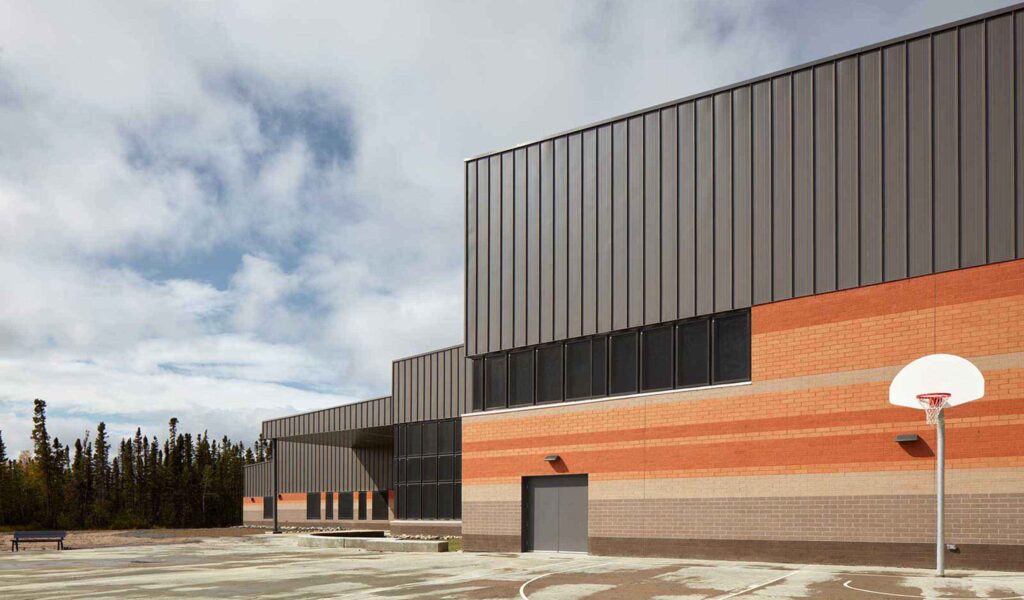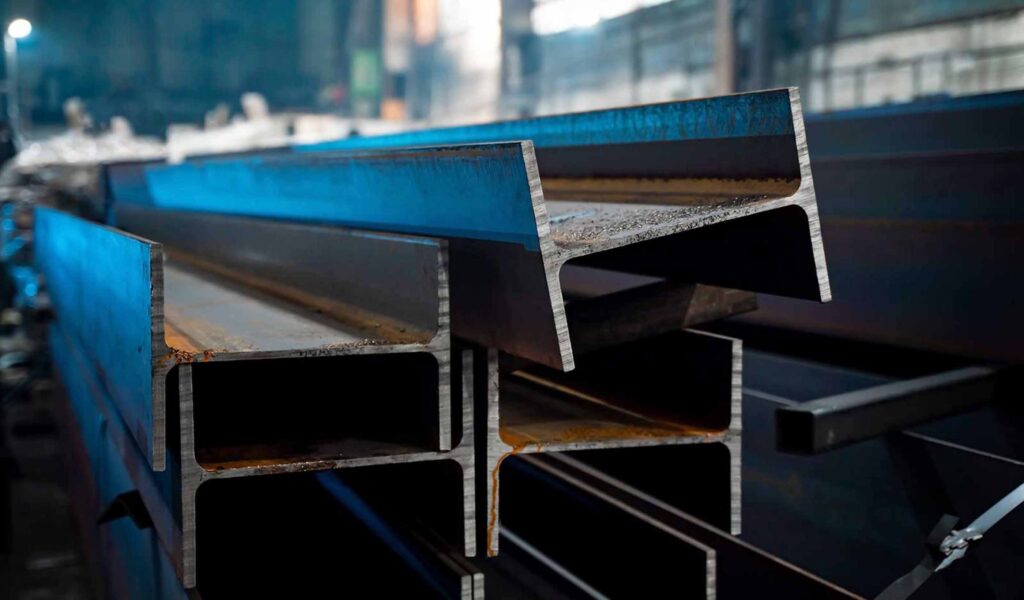
By Beth Tomlinson
Carbon and Climate Discipline Leader | Climate Solutions, Stantec
How will a new standard on whole life carbon emissions influence the built environment? ASHRAE/ICC Standard 240P looks at embodied carbon.
A key change is coming soon—and it will drive everything in our building industry going forward. It’s going to flip building performance expectations on their head. A new standard co-published by ASHRAE (American Society of Heating, Refrigerating and Air-Conditioning Engineers) and ICC (International Code Council) will revolutionize the built environment.

Southline in Boston, Massachusetts. Credit: Stantec
In recent years, the design industry has increased its efforts to reduce greenhouse gas (GHG) emissions. It has embraced high-performance buildings.
But often decisions to embrace climate change mitigation project solutions come down to dollars and cents. Owners have a certain bucket of resources and capital expenditure funds. They must make hard choices.
But if GHG regulations are the law, that becomes a key factor in their decision making. The organization can no longer say, “I don’t need to fund those low carbon efforts. That’s not my priority.” The law makes it a priority.
New ASHRAE standards are going to change the equation. Why? Because ASHRAE standards are largely what governing authorities base their building performance codes on.
What is ASHRAE and where did it come from?
Founded in 1894, ASHRAE has more than 50,000 members across nearly 130 countries. The society includes a wide variety of professionals. They include engineers, architects, contractors, building owners, manufacturers, researchers, and members of government. ASHRAE’s mission is to “advance human well-being through sustainable technology for the built environment.” Its volunteers develop and support over 200 building standards.
ASHRAE’s energy standard was born out of crisis. During the 1970s oil embargo, the society accepted a challenge to create an energy performance code for new buildings. In 1975, ASHRAE launched its first energy standard, ASHRAE 90.
Later, as part of the 1989 edition, ASHRAE 90 split into two. Standard 90.1 focuses on energy performance for new commercial and high-rise residential buildings. But 90.2 puts the focus on low-rise residential buildings.
These energy standards have been successful. ASHRAE renews them every three years. And the energy standards increase performance expectations. The ANSI (The American National Standards Institute) certifies ASHRAE standards, so they meet certain criteria. Government authorities can simply incorporate ASHRAE standards as their code.

The Bunibonibee Cree Nation new school, which is part of the Manitoba Schools Initiative in Canada. Credit: Stantec
The new standard looks at the building over its expected lifecycle. It provides a way for the industry to calculate and report emissions.
What effect will new ASHRAE standards have?
This new standard supports the decarbonizing of the building industry.
The whole lifecycle carbon standard will address embodied carbon of all major systems that contribute to building emissions. It will drive suppliers to document their product’s embodied emissions through product declarations. Manufacturers will recognize that low-emission products can be market differentiators. And this will drive supply chain changes within mining, transportation, and other subsections that feed into the building industry.
Alternate routes to ASHRAE code compliance
Many states and countries rely on energy performance standard 90.1. ASHRAE just created a new appendix, and it offers an alternative route for compliance.
Why an alternate route? In some states, the solutions ASHRAE recommends aren’t available or feasible. In Las Vegas, Nevada, evaporative cooling and water-cooling towers are banned. This effectively mandates air-cooled systems. Why? The area is living through extreme drought. But air-cooled chilling will consume more energy and may not follow stringent standards. Now, designers in Las Vegas will be able to show GHG compliance through the alternate path. If a system consumes more electricity but is connected to a 100 percent clean energy grid, the building can meet GHG performance targets. ASHRAE’s 240P will provide a consistent reporting process for emissions-based compliance.
“Fuel agnostic” ASHRAE standards
With “fuel-agnostic” standards and methodologies we can minimize conflict and costly court battles. Regulations needn’t specify a fuel preference.
With this approach, we can make room for creative solutions in the market. Picture a natural gas provider supplying renewable natural gas from waste or an agency incentivizing hydrogen adoption.

Making steel accounts for 8 percent of global carbon dioxide emissions. New ASHRAE standards will look at the embodied carbon in projects.
A resource for performance regulations
Some governments have passed laws requiring embodied carbon reporting. A new local law in New York City requires that contractors present embodied carbon figures for all new municipal projects. And California just launched new embodied carbon permitting requirements. When available, 240P will be a resource for governments that want to pursue embodied carbon regulation. It will serve as a reference for calculations and documentation.
An essential tool
Our international committee is moving quickly. We are developing and completing the ASHRAE/ICC Standard 240P faster than any before it.
The building industry is targeting net zero emissions by 2050 across the whole lifecycle. We must supply the tools and resources to help our designers know how to get there. They need to know how to document compliance. Those that review and issue permits need the right resources to verify designs. The industry needs a consistent methodology that it can reference. It must be repeatable and code enforceable. That is the intent of 240P.
Public review of 240P
A version of the ASHRAE 240P standard will be going out for public review and comments in February 2024.
Note: Beth’s article was originally published on the Stantec website.

Beth Tomlinson
Often decisions to embrace climate change mitigation project solutions come down to dollars and cents. Owners have a certain bucket of resources and capital expenditure funds. They must make hard choices.
Note: Do you have an idea for a VIEWPOINT post? Envíenos un correo electrónico. Views expressed in a VIEWPOINT post are those of the author, and do not necessarily represent the views of the Carbon Leadership Forum or its staff.







